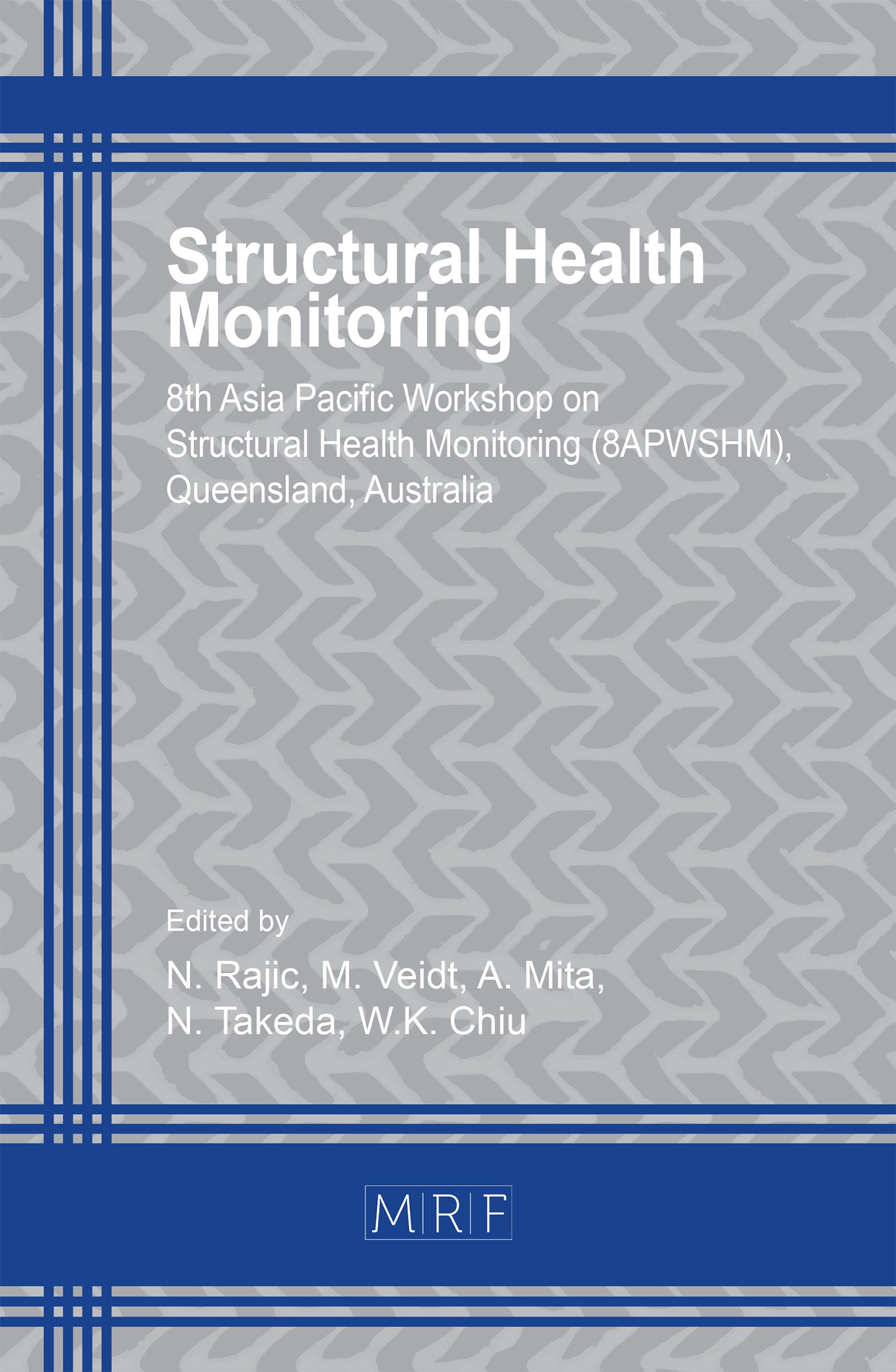Evaluation of Measurement Accuracy of the MEMS Accelerometer for Long Period and Large Amplitude Vibration
Kenta Hirai, Hiroaki Harada, Hirotaka Imaeda, Akira Mita, Takeshi Suzuki, Hironobu Yao, Shinji Kitagawa, Minoru Kakinuma, Yoshiyuki Komiya
download PDFAbstract. Health monitoring systems are used to assess building damage immediately after an earthquake and have become widely utilized in Japan. For example, the system developed by the authors has been installed in more than 60 buildings since 2014. Such systems mostly rely on accelerometers to estimate the building performance. Recently, Micro electro mechanical system (MEMS) accelerometers have been increasingly applied for such uses due to their economic advantages. However, MEMS accelerometers are known to have relatively low measurement accuracy for certain frequency band excitations compared to servo type accelerometers. Past research has been undertaken to test their measurement accuracy, however, few studies review their performance under long period and large amplitude seismic motions. Evaluation of measurement accuracy in such conditions is essential since the system is also installed in tall buildings and isolated buildings with relatively long natural periods. Therefore, this study evaluates the measurement accuracy of the MEMS accelerometer under long period and large amplitude vibration based on the results of shake table testing.
Keywords
MEMS Accelerometer, Monitoring System, Measurement Accuracy
Published online 2/20/2021, 8 pages
Copyright © 2021 by the author(s)
Published under license by Materials Research Forum LLC., Millersville PA, USA
Citation: Kenta Hirai, Hiroaki Harada, Hirotaka Imaeda, Akira Mita, Takeshi Suzuki, Hironobu Yao, Shinji Kitagawa, Minoru Kakinuma, Yoshiyuki Komiya, Evaluation of Measurement Accuracy of the MEMS Accelerometer for Long Period and Large Amplitude Vibration, Materials Research Proceedings, Vol. 18, pp 225-232, 2021
DOI: https://doi.org/10.21741/9781644901311-27
The article was published as article 27 of the book Structural Health Monitoring
![]() Content from this work may be used under the terms of the Creative Commons Attribution 3.0 licence. Any further distribution of this work must maintain attribution to the author(s) and the title of the work, journal citation and DOI.
Content from this work may be used under the terms of the Creative Commons Attribution 3.0 licence. Any further distribution of this work must maintain attribution to the author(s) and the title of the work, journal citation and DOI.
References
[1] Nikken Sekkei Structural Monitoring System, Retrieved August 23, 2020, from https://www.nikken.co.jp/ja/expertise/structural_engineering/nikken_sekkei_structural_monitoring_system.html
[2] T. Ishizaki, H. Imaeda, H. Harada, T. Shinohara, Verification of a Damage Estimation System with a Full Scale Shaking Table Test. Proceedings of The 7th Asia-Pacific Workshop on Structural Health Monitoring, pp.381-388
[3] IHI Infrastructure Systems Co.,Ltd. website, Retrieved August 23, 2020, from https://www.ihi.co.jp/iis/news/2018/180618.html
[4] T. Yaguchi, Y. Nitta, A. Nishitani“Benchmark Test of MEMS Accelerometer for Structural Monitoring” (in Japanese), Summaries of technical papers of annual meeting of AIJ (2007), pp. 47-48
[5] M. Takaki, Y. Yamamoto, Y. Uchiyama“The performance test of the MEMS acceleration sensor” (in Japanese), Summaries of technical papers of annual meeting of AIJ (2010), pp. 831-832
[6] T. Matsushita, K. Yoshida, H. Nishii, K. Goto“Technology Development of Structure Health Monitoring Aiming at Improvement of Resilience Part3 Shaking experiments” (in Japanese), Summaries of technical papers of annual meeting of AIJ (2015), pp. 933-934































